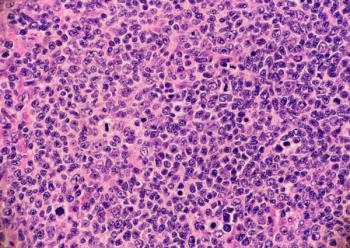
GlobalData Report: Novel Therapies to Revitalize the Neuropathic Pain Treatment Market Landscape by 2022
A new report from research and consulting firm GlobalData forecasts the neuropathic pain market value to increase from $2.58 billion in 2012 to $3.53 billion by 2022
A new report from research and consulting firm GlobalData forecasts the neuropathic pain (NP)—covering painful diabetic neuropathy, postherpetic neuralgia and trigeminal neuralgia—market value to increase from $2.58 billion in 2012 to $3.53 billion by 2022, at a compound annual growth rate of 3.19%.
The report cites the expected launch of seven promising NP treatments before 2022—including Daiichi Sankyo’s DS-5565, Convergence’s CNV-2197944, Grünenthal’s Cebranopadol and Impax’s Eladur—and the expected sales of these pipeline therapies to account for 23.8% of the global NP market.
GlobalData believes that there are opportunities for companies to enter the NP market through the development of novel drugs, provided that their product offerings target some of these unmet needs.
*
Read the full release
Newsletter
Stay current in clinical research with Applied Clinical Trials, providing expert insights, regulatory updates, and practical strategies for successful clinical trial design and execution.




